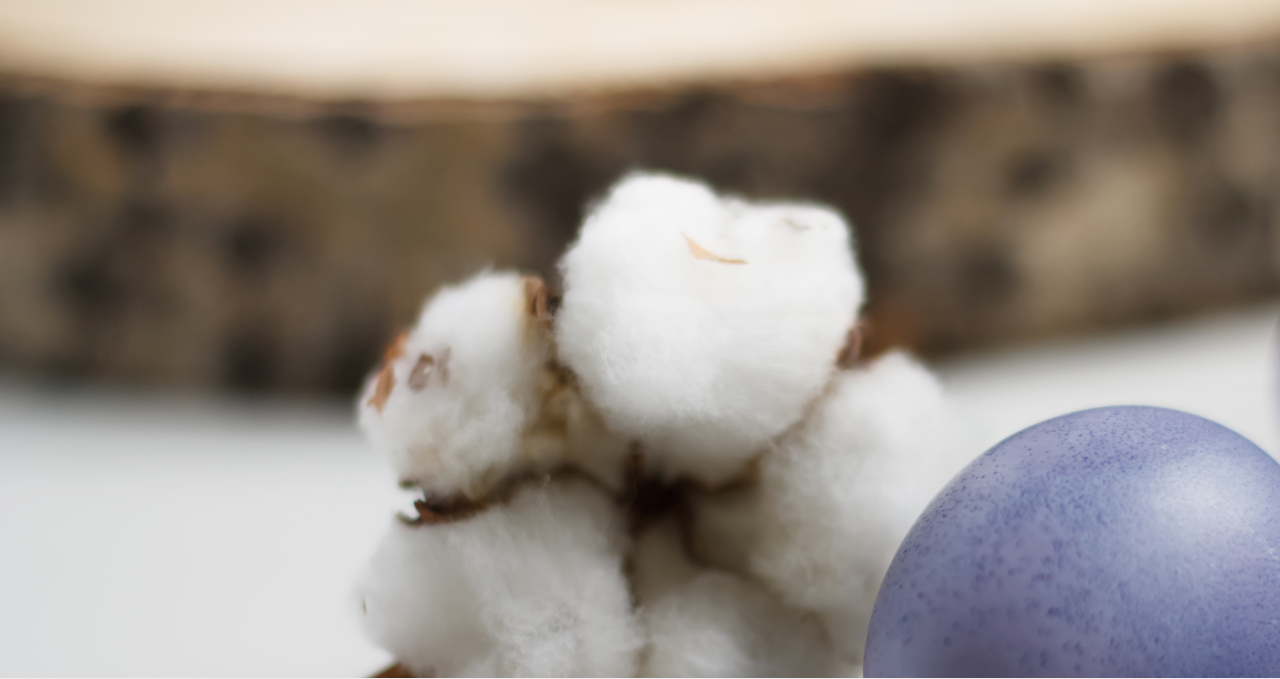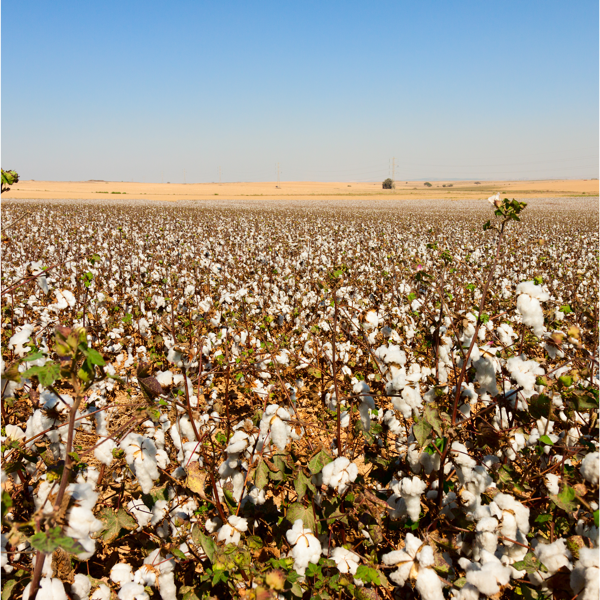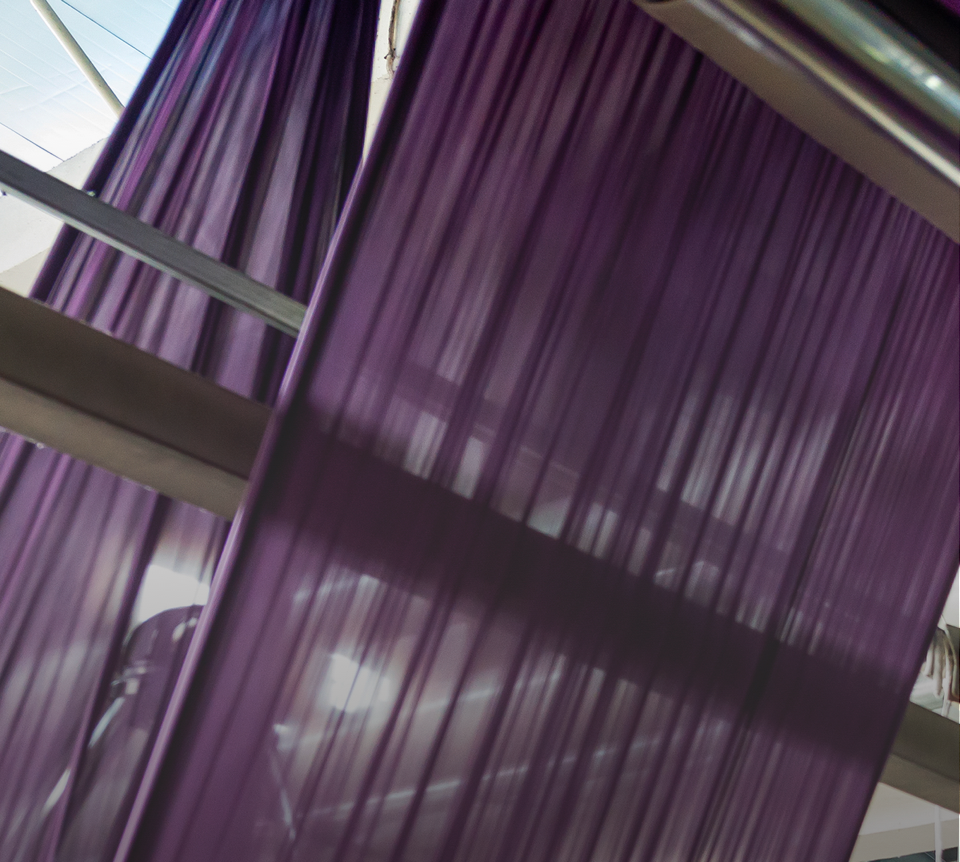
 10 min
10 minGrowing cotton has a high environmental impact. Organic supply channels adopt more responsible practices – in the field and in the treatments used on cotton fibres.
In search of sustainable production methods for cotton
By its nature, cotton requires high quantities of water and a great deal of farmland. But with the help of organic farming methods and more effective traceability across supply channels, cotton production can become more environmentally and people-friendly.
Textiles made of natural fibres have an environmental cost that is significantly higher than clothes made from synthetic fibres. A fact based on how difficult it is to grow cotton plants – plants which are particularly fragile and which deplete the soil. “At global level, cotton crops account for 2.5% of total farmland”, says Romain Zanna Bellegarde, Carrefour's CSR manager for South-east Asia. And the textile industry – in which cotton is used more than anything else – uses up 4% of the world's drinking water. Furthermore, since cotton plants are extremely vulnerable to parasites, 16% of all pesticides used globally go on cotton”.

Organic cotton-growing practices still a tiny minority
This environmental cost is further increased by the failure of organic cotton-growing practices to catch on: less than 1% of the world's total production is organic. Yet organic cotton production practices reduce the impact on the planet's ecosystem, since priority given to organic compounds and crop rotation. And thanks to better soil and moisture retention, water consumption in the fields is also reduced. No reference standards exist (yet) for certifying organic cotton, such as the EU certified organic label used for food, although the GOTS (Global Organic Textile Standard) is one of the most frequently used.

Production practices which need traceability
The total volume of cotton produced organically is still a minority, and is complicated to trace because of the numerous intermediaries involved between the plantation and the factory. “Currently, only an estimated 3% of organic cotton produced is properly traced”, continues Romain Zanna Bellegarde. At Carrefour, our aim is that by 2025, half of the cotton supply channels used for our Tex brand of textile products should be from organic plantations. This challenge is realistic, provided we continue with our policy of helping farmers to switch over to organic farming methods and we continue to diversify our sourcing practices in major cotton producing countries (such as Turkey, India and China)”.

“AT CARREFOUR, OUR AIM IS THAT BY 2025, HALF OF THE COTTON SUPPLY CHANNELS USED FOR OUR TEX BRAND OF TEXTILE PRODUCTS SHOULD BE FROM ORGANIC PLANTATIONS”.
What about treatments?
However, a responsible cotton supply line is not only about the production methods used. The treatments used on fabrics can also be made up of many chemicals that are potentially harmful to our health. For example, industrial dyes use around 10,000 synthetic colourings, all derived from oil. Labels such as the Oeko-Tex standard guarantee the non-toxicity of textiles and colouring agents used along the entire length of the supply line, from the cotton producer and processor to the distributor. Oeko-Tex-certified fabrics are more environmentally friendly: vegetable and natural dyes offering a wide palette of tints are used to colour them.
The opinion of the French Organic Agency about non-food organic products:
"Organic farming regulations do not apply to non-agricultural and non-food products. The term "organic" may, however, be used to describe these products if there is a direct link with ingredients certified as having been made using organic farming methods. (…) For textiles, there are many brands and private initiatives that can be verified by an independent body, each one of which will have its specific requirements. Standardisation is under way and the GOTS (Global Organic Textile Standard) specifications have been adopted."

No comments:
Post a Comment